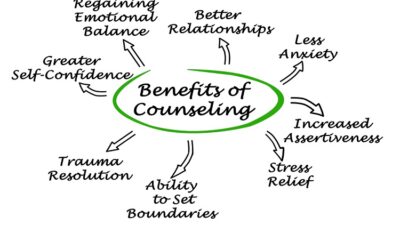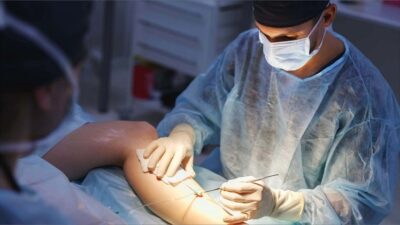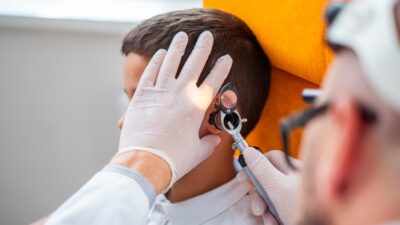Do you feel pain in your shoulder when you perform overhead motions? That could indicate a problem with your rotator cuff – a group of muscles and tendons surrounding your shoulder joint, allowing it to move and keeping it stable. Rotator cuff problems usually improve with physical therapy exercises designed to promote strength and flexibility of the muscles surrounding the shoulder joint. However, if your symptoms are disabling and don’t improve with three to four months of exercise, Fair Lawn rotator cuff repair may be necessary.
Table of Contents
Why would I need rotator cuff repair?
As mentioned above, surgery is a good choice when your symptoms don’t improve with three to four months of exercise. You may also discuss surgery with your doctor if you are active and use your shoulder for sports or work. Rotator cuff repair is also an option if your shoulder pin co-occurs with weakness and interferes with everyday activities. Surgery is also a good choice if you have a complete rotator cuff tear or if a single injury caused the tear.
Partial tears often heal with rest and exercise and rarely require surgery. These conservative approaches are best for individuals who do not place great demands on their shoulders. Although the pain is expected to improve, the tear may become larger over time.
What are the risks and potential complications of rotator cuff repair?
As with any surgical procedure, rotator cuff repair poses the risk of blood loss, blood clots, infection, and anesthesia-related problems. But besides the risks of surgery in general, rotator cuff repair may cause certain complications. For example, nerves may be injured during surgery; this typically involves the nerve that activates the deltoid.
During an open repair, the surgeon may detach the deltoid for better access to the rotator cuff; this shoulder muscle is usually stitched back at the end of surgery. A small percentage of patients may also experience stiffness, which often improves with more aggressive therapy and exercise.
All types of repairs have a chance for re-tears; the risk of re-tear is higher if the initial tear is large. A re-tear usually does not cause pain or decreased shoulder function, but second surgery may be necessary for severe pain or loss of function.
What to expect after surgery
You will wear a sling or a shoulder immobilizer when you leave the hospital to keep your shoulder from moving. The type of surgery you had determines how long you wear the sling; usually, this is between four to six weeks. Recovery can take four to six months, depending on the type of surgery you had, the size of the tear, overall health, and other factors.
The outcome of rotator cuff repair
Many patients experience less pain and improved shoulder strength after surgery for a rotator cuff tear. Regardless of the approach used – open, mini-open, or arthroscopic, the benefits are similar. What matters is the surgeon’s expertise and not the choice of technique. However, factors like poor tissue quality, large tears, poor patient compliance, old age (older than 65 years), and smoking can decrease the likelihood of satisfactory results.
If you have questions about rotator cuff repair, consult your specialist at Alliance Spine Associates, LLC.










Comments